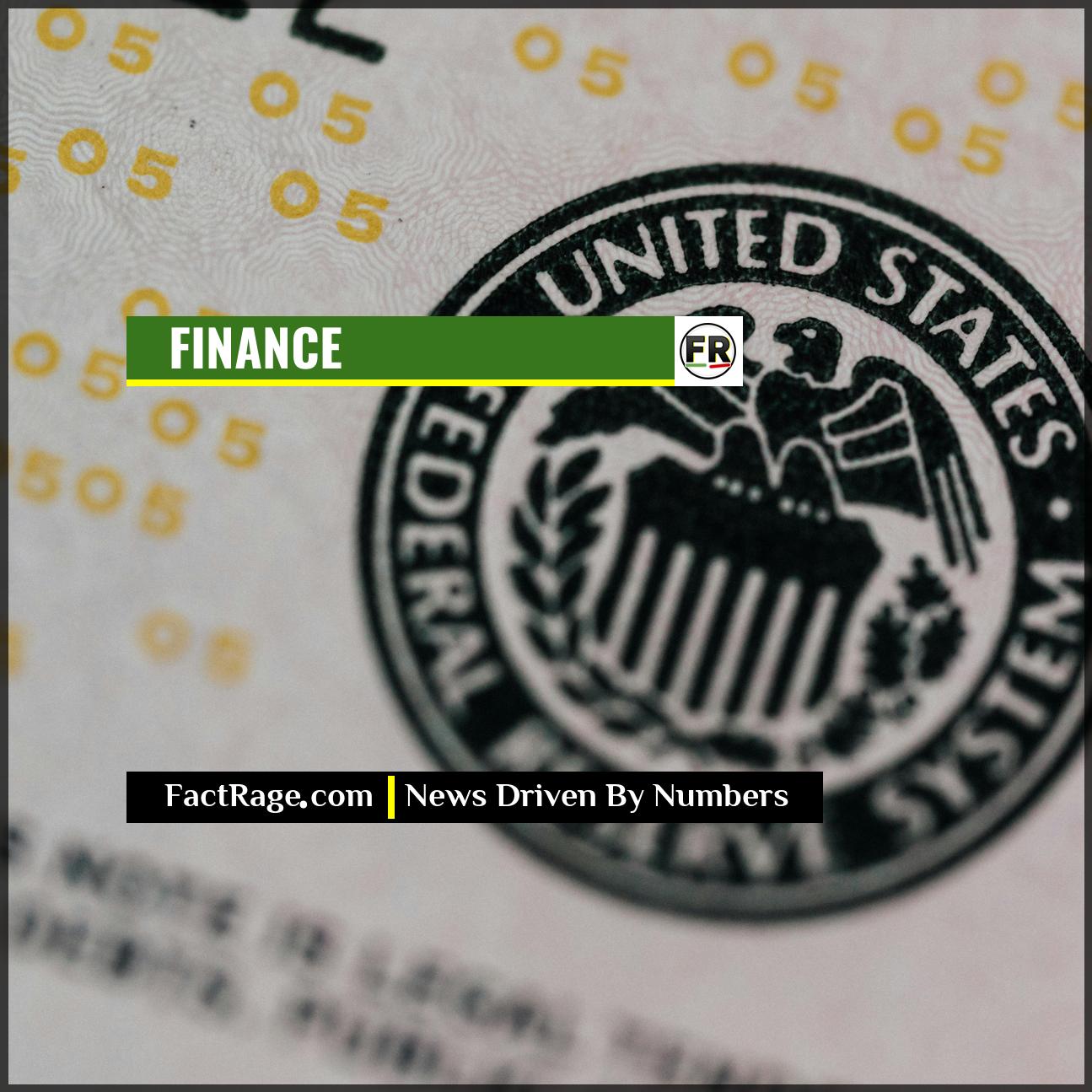WASHINGTON, DC – Financial markets and policymakers are bracing for the release of the June Consumer Price Index (CPI) this Thursday, a critical report that will heavily influence the Federal Reserve’s upcoming decisions on interest rates.
- Economist Forecasts – Consensus estimates predict headline inflation rose 0.1% month-over-month and 3.1% annually, a decrease from May’s 3.3% year-over-year figure.
- Key Inflation Drivers – Falling gasoline prices are expected to pull the headline number down, but persistently high costs for shelter and services like car insurance remain a primary concern.
- Federal Reserve Impact – The data is a crucial input for the Fed; a report that meets or beats expectations could increase the probability of an interest rate cut as early as September.
This report, scheduled for release by the Bureau of Labor Statistics (BLS) on July 11 at 8:30 a.m. ET, provides a vital snapshot of the nation’s progress in curbing inflation. The numbers will offer the latest evidence on whether the cost of living is moderating enough to satisfy central bankers.
What the Forecasts Indicate for June’s Inflation

The CPI measures the average change in prices paid by urban consumers for a basket of goods and services. Economists are closely watching two main figures. The first, headline CPI, is expected to show a modest 0.1% increase from May, largely due to a significant drop in gas prices. On a year-over-year basis, this would bring headline inflation down to around 3.1% from 3.3% the month prior.
The second, core CPI, which excludes the volatile food and energy categories, provides a clearer view of underlying inflation trends. Analysts project core CPI to have risen by 0.2% month-over-month and 3.3% from a year ago, a slight deceleration from May’s 3.4% annual rate. A lower core reading is seen as a positive sign that broad-based price pressures are easing.
The Tug-of-War Between Shelter and Energy Costs
The story of inflation in 2024 is one of conflicting forces. On one side, declining energy prices are providing significant relief to consumers at the pump. The national average for a gallon of regular gasoline has fallen steadily, directly impacting the headline CPI number.
On the other side, shelter costs—which include rent and an estimate for housing costs called owners’ equivalent rent—remain stubbornly high. This category is the single largest component of the CPI and has been a primary driver keeping inflation elevated. Analysts will also scrutinize prices for services, particularly transportation services like car insurance and airfare, which have been another source of persistent inflation. What do these competing numbers mean for the bigger economic picture? The answer lies in how the Federal Reserve interprets them.
Why This Report is a Crucial Signal for the Fed
The Federal Reserve has a dual mandate: to maintain price stability and foster maximum employment. With inflation still above its 2% target, the central bank has held interest rates at a two-decade high to cool the economy. The June CPI data is one of the last major inflation readings before the Fed’s late-July policy meeting.
A report showing that inflation is continuing on a clear downward path would strengthen the case for an interest rate cut later this year, with many investors currently eyeing the Fed’s September meeting. Such a move would lower borrowing costs for mortgages, car loans, and credit cards. However, if the data comes in “hotter” than expected, it would signal that the fight against inflation is not over, likely pushing any potential rate cuts further into the future.














